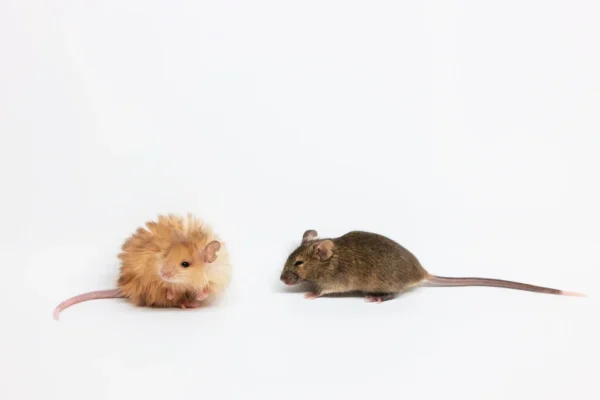3 Need-to-Know things about owning your first cat
One of the most common household pets is a cat, in direct competition with dogs. Before you go to your nearest adoption center, animal shelter, or online pet store, there are a couple of important things you need to know when introducing your cat into your home.
1.) The First Day
Cats, when first meeting them, can either be very friendly or very shy/aggressive. Regardless of your new companion’s personality, it doesn’t mean they will be this way forever. To help a cat adjust to all of the new surroundings and smells, it is important to have a small starting room for them to familiarize themselves first, like a small walk-in closet or a bathroom.
2.) Food Changes
Something that is also incredibly important to know is how to properly adjust your cat to eating new/preferred food brands. For example, the Baltimore County Animal Shelter feeds their cats Purina one cat food. Blue Buffalo cat food is a great food option for your furry friend. It is very important to properly transition a cat to new food. According to Purina One, the way to properly transition a cat to eating new food is as follows: 
- Days 1 to 2: Feed ¾ of the normal amount of current food and add ¼ of the new food
- Days 3 to 4: Serve half the current food and half the new amount of food.
- Days 5 to 7: Feed ¾ of the new food and ¼ of the previous food
- Days 8 to 10 and so on: Serve only the new food
3.) The 3-3-3 Rule of Cat
Cats are naturally shy and curious creatures. “Curiosity killed the cat” as the saying goes. However, when first introducing a cat to your home, it is extremely important to know about the 3-3-3 rule. Which refers to the first three days, the first three weeks, and the first three months. Within the first three days of bringing a cat into your home, they will be shy, nervous, and t a bit hissy in some cases. They are in a brand-new area they do not recognize. It is important to have cat-specific hiding places for them, like little boxes, small cat towers, and ample space under the furniture. Remember to leave cats’ hiding spots as well, and please do not force them to come out of their hiding spot, as this will only scare them more.
This is best agreed upon by Yaritssa Urbina, a senior at Parkdale who got a cat around 2021. “Gnocci (her cat) was extremely shy when she was first brought to the house, and she quickly attached to me,” said Urbina.
Mochi (my cat), was the exact same in that I was the first person she cuddled with and would let pet. Gnocchi was especially nervous around Yaritssa’s other pet Snow, a Labrador retriever mix, while Snow was not too happy to have another pet getting love and attention and for that new pet to be a cat. Lots of time has passed since Snow and Gnocchi first met, and according to Urbina “They tolerate each other now.”
No two cats grow up the same, however, Gnocchi is a great example of a complex cat and how a feline truly behaved.
“[Gnocchi]Is a crazy cat with lots of energy and is almost always on her heat (the animal equivalent of a menstrual cycle). Said, Urbina. “However, when she is off she is not the most approachable cat. She is mean, and sometimes her relationship with Snow can be shaky as Snow doesn’t know how to play with her.”
Mochi on the other hand is nervous, but if given time and patience, you can pet and play with her without the worry of being harmed. Whether you are looking to get a new cat, or are already in the process, remember to prepare properly to make sure your furry feline friend is welcomed into your home successfully.
Your donation will support the student journalists of Parkdale High School. Your contribution will allow us to cover our annual website hosting costs and publish some printed editions, as well.

Hey there, Julissa is a senior at Parkdale! Her pronouns are she/her/hers. It's her second year on staff, and she got recommended by Victor Valdez, her...








JENNIFER • Mar 22, 2023 at 9:52 pm
This article was very helpful I will most definitely use this in the future!
Yassin kouyate • Feb 14, 2023 at 7:24 am
I love cats! Thank you for giving me tips on how to properly take care of my first cat!